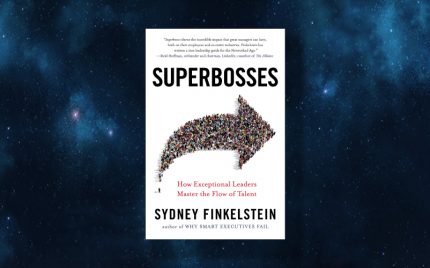
3 Pieces Of Advice When Planning A Big Change In The Company
6 yearsago 0 Comments 1.7k Views
Currently, many businesses are starting to plan strategies by spending months searching for data, exploring the market to seek opportunities and challenges, thereby making appropriate plans. Successful strategies come primarily from the core development in productivity growth, merger, and acquisition processes in time, along with rational resource distribution, thereby boosting core productivity of the business. Here are 3 powerful shifts starting from the decisions of successful strategies.
Acceptance needs to change reality instead of gaining consent
The goal of most strategic discussions is usually to agree or reject a proposal that is brought to the meeting room. Suggestions for other options, or questions about the outcome of the plan, are usually not welcome. In the absence of these critical questions, businesses often rush to choices lacking in objectivity, thereby bringing more consequences to the company later. Businesses need to understand that these choices are the soul of a strategy, and the planning process must, therefore, be done more closely and sensibly than meaningless nods. These will be changed if the business converts planning into making the necessary choices for the company. To lead the discussion in this direction, create a table that includes many different choices that are placed on the axes that represent the changing outcome of the business. Think of the options that the next management team will have to follow if specified. Since then, the leadership team proposed and demonstrated certain analyzes when they make a decision on a choice. The team keeps going on until it finds the most harmonious options for the current and future situation of the business. In this way, the leadership team will have the opportunity to understand the company’s next journey and the prospects they will encounter in the future.
Consent not based on actual business can make major changes affected
Change the core rather than “peanut-butter”
There is a fact that big decisions will not succeed if the resources of the business are spread evenly in their business operations. Businesses will often achieve more if one or two of the company’s operations grow, rather than when the operations of the business develop simultaneously. The mission of the board is to determine which activities are emerging as soon as possible and provide the necessary resources for them.
Identifying these outstanding activities will be easier than businesses think. Management will often easily agree on one or two outstanding activities instead of looking for less prominent activities. Only when it comes to discussing the selection of suitable resources for them will arise many difficulties. Some specific industries such as fashion, film, oil exploration or venture capital, management understand that investing one-in-ten really matters. Meanwhile, other businesses will often be afraid of this.
In order to stop spreading the resources too broadly, management must focus on achieving certain outstanding achievements, and then determine what accomplishes these achievements in a more macroscopic perspective. Too focused on increasing the average profit for the entire company may make businesses unable to find out what the real opportunity is.
Change the core rather than “peanut-butter”
Prepare for a big change, instead of budget
The downside of a strategy often causes problems in the three-year plan: The first-year plan, which will also decide the budget for the remaining two years. So leaders are often excited about the first year. If everything goes wrong in the first place, the next stories won’t be discussed. Businesses need to stop more negative discussions like this by minimizing the opening with a budget story.
One of the perpetrators of the budget story is the financial forecasting of the “Base Case” model: Planning by making obscure assumptions about the company context and situation. The Base Case model can hinder the vision of businesses, making it difficult for businesses to identify realistic expectations and steps needed to achieve that expectation.
A more practical way to avoid falling into this trap is to pursue the “Momentum Case” financial forecasting model. This is a simpler forecasting model that allows businesses to predict in which direction the future of the business will grow if it continues in the way that the business is operating. In this way, businesses will feel how big their impact on change is if they want to change that direction in the future.
Simply equipping enough objective knowledge about where the company is and what is affecting its performance, businesses can focus on what is needed to change the direction. Instead of asking about goals or budgets at a strategic meeting, ask the business leaders 20 things they want to do to take the company to a new level in the coming period. Following is a discussion about how to achieve that: “Why do we have to change so strongly? Why should we not change? How will the risks and resources change the company? Above all, be prepared for the big change, instead of a budget.
According to McKinsey & Company
——————–
How do you think about this article? Please share it with us via the comment section below.
PRIMUS – TOP MANAGEMENT JOBS ONLY








